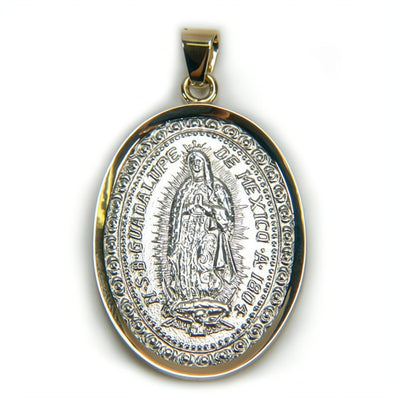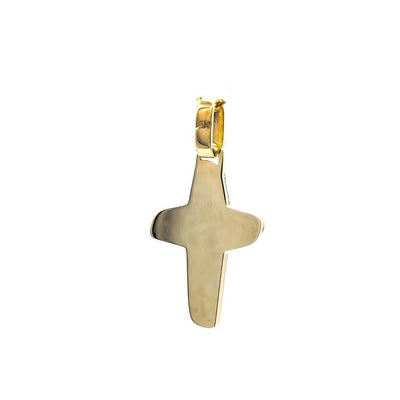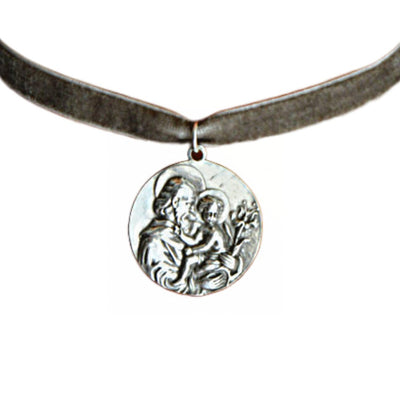Sacred Choral Music: A Journey Through Faith and Harmony
Introduction
Sacred choral music has long been a gateway to divine contemplation, elevating the soul and deepening faith through harmonious voices. As a blend of devotion and artistry, it has played a vital role in Catholic worship and religious expression for centuries. From the solemnity of Gregorian chants to the grandeur of Mozart’s Requiem, sacred choral music offers a profound spiritual experience.
Music has always been a bridge between the earthly and the divine, providing believers a means to express their faith through song. Whether performed in grand cathedrals or intimate chapels, sacred choral music has remained an essential part of worship, evoking reverence and a deep connection to God.
This article explores sacred choral music's history, evolution, and theological significance, highlighting its timeless appeal and continuing influence on worship and culture.
1. The History and Evolution of Sacred Choral Music
Early Origins (700-1600): The Birth of Sacred Music
Sacred music began as Catholic prayer in song, deeply embedded in liturgical traditions. Early examples include:
-
Gregorian Chant – A monophonic, meditative form of singing promoted by Pope Gregory I. These chants provided the foundation for much of Catholic sacred music and were sung in Latin to enhance the unity of worship.
-
Early Polyphony – The development of multiple melodic lines, seen in the works of Hildegard of Bingen and Josquin des Prez. This style added richness and depth to the simplicity of the chant, paving the way for more elaborate compositions.
-
Patronage of Sacred Music – Wealthy benefactors and the Church commissioned composers to enrich worship, producing intricate masses and motets.
The Reformation Era (1500-1700): Transforming Worship Through Music
-
Counter-Reformation and Music – Composers like Palestrina refined polyphony to make sacred texts more accessible and worshipful. His works embodied the balance between musical beauty and clarity of scripture.
-
Rise of Congregational Singing – Figures like Martin Luther introduced chorales, making hymn-singing a central part of worship. This marked a shift from purely choral performances to greater congregational participation.
-
William Byrd and Catholic Resistance—In England, Byrd composed sacred music despite religious persecution, using his compositions to preserve Catholic worship traditions in Protestant-controlled regions.
The Rise of Concert Music (1700-1800): A Shift to Grand Composition
-
J.S. Bach – Bach revolutionized church music with cantatas and the Mass in B Minor, blending deep theological insight with musical innovation.
-
Handel’s Messiah—Though originally intended for entertainment, it became a staple of sacred music traditions, inspiring audiences with its powerful oratorio structure.
-
Mozart and Haydn created grand Mass settings that merged sacred themes with classical elegance, furthering the dramatic potential of sacred choral works.
Sacred Music in the 19th Century: Romanticism and Personal Expression
-
Composers such as Beethoven, Mendelssohn, Brahms, and Verdi infused sacred compositions with deep emotion and drama, reflecting a period where music became more personal and expressive.
-
Elgar’s The Dream of Gerontius is a mystical, sacred oratorio reflecting Catholic theology and the soul's journey after death.
Christmas Music: Traditions of Choral Hymns
-
The role of Christmas carols in preserving sacred themes has been integral to both worship and community gatherings. Traditional carols such as Silent Night and O Come, All Ye Faithful continue to be sung worldwide as expressions of faith and joy.
2. Key Composers and Their Masterpieces
Gregorian Chant Composers
-
Preserved the tradition of monophonic liturgical singing, forming the backbone of Catholic worship.
Giovanni Pierluigi da Palestrina
-
Known for his smooth, accessible polyphony that reinforced liturgical clarity and became a model for sacred music composition.
Johann Sebastian Bach
-
His cantatas and Mass in B Minor set new standards for sacred music composition, blending complex harmonies with profound theological meaning.
George Frideric Handel
-
Messiah became among the most recognized sacred oratorios worldwide, notably the triumphant Hallelujah Chorus.
Wolfgang Amadeus Mozart
-
His Requiem remains one of the most dramatic portrayals of grief and salvation, combining orchestral majesty with deep spiritual intensity.
Edward Elgar
-
The Dream of Gerontius blends elements of Catholic theology with Wagnerian grandeur, exploring the soul's passage into the afterlife.
3. The Theological and Spiritual Significance of Sacred Choral Music
Sacred choral music is not merely an art form but an extension of prayer. It:
-
Deepens Worship – Enhances liturgical celebrations and personal devotion.
-
Expresses Faith – Through text and melody, sacred music conveys theological truths.
-
Encourages Reflection – Allows listeners to experience a sense of peace and transcendence.
The repetition of words like Hallelujah in choral pieces reflects the spiritual power of praising God through song, emphasizing choral worship's communal and prayerful nature.
4. How to Experience Sacred Choral Music Today
-
Attend Performances – Churches and concert halls frequently host sacred music events.
-
Listen to Recordings – Explore classical works by Bach, Palestrina, and modern sacred composers.
-
Participate in Choirs – Many parishes offer choir opportunities to deepen faith through music.
-
Discover Online Resources – Streaming platforms and sacred music archives offer extensive collections for reflection and enjoyment.
5. Connecting Sacred Choral Music to Guadalupe Gifts
At Guadalupe Gifts, we honor the beauty of sacred music through faith-inspired items such as:
-
Rosaries – Perfect for meditation while listening to sacred choral pieces.
-
Prayer Books – Enrich your spiritual life with texts that complement choral hymns.
-
Catholic Jewelry – Wear a cross or saint medal to remind yourself of faith and devotion.
Shop Faith-Inspired Gifts at Guadalupe Gifts
Top Catholic Church-Approved Resources for Further Reading:
-
United States Conference of Catholic Bishops (USCCB) - Sacred Music in Worship
-
Catechism of the Catholic Church - The Role of Music in Liturgy
Conclusion
Sacred choral music continues to inspire, uplift, and bring people closer to God. Its history, theological depth, and beauty make it essential to Catholic tradition and worship. Whether you listen, sing, or study sacred choral music, it remains a powerful means of experiencing divine grace.
What are your favorite sacred choral pieces? Share in the comments below!
Visit Guadalupe Gifts to explore faith-based gifts that celebrate the beauty of Catholic tradition.




















Leave a comment